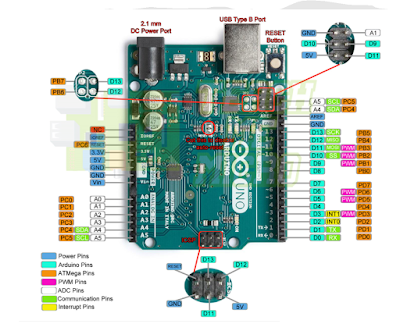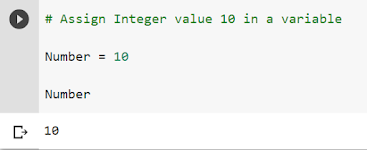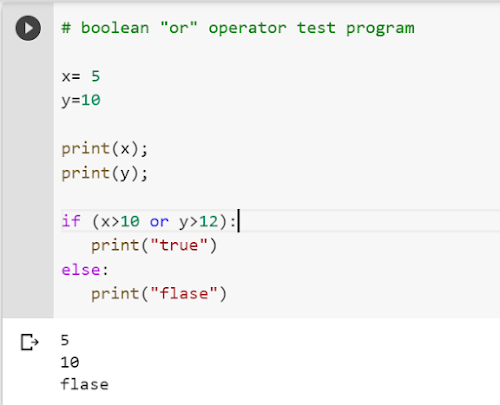RS-232 INTERFACE
The Electronic Industries Association (EIA) represents serial data exchange joining two devices as the RS-232 interface. The EIA created it to standardize the link of computers to telephone connection modems. The specification allows for up to 20 signals to be identified, but the user has full control. Send data, receive data, and the signal ground is all that is needed. The remaining lines can be permanently turned on or off. The signal transmission requiring two voltages of opposite polarity ranging from 5 to 25 volts.
Fig-01 Direct-to-computer RS-232 Interface
Communication Standards
According to industry standards, an asynchronous word consists of a start bit, seven or eight data bits, parity bit (optional), and one or two stop bits. The computer determines the baud rate at which the word is sent. The baud rate, which can range from 0 to 7, is normally 150 times an integer power of two (150, 300, 600,...., 19,200 ). Many system-unique rates are used below 150 baud. The basic RS-232-C connector has 25 pins, with 21 of them being used by the standard. When a computer node is connected straight away to a computer, many of the modem signals are not required, and Fig-01 shows how some of the "spare" pins can be linked if they are not required. Fig-01 also shows the pin numbering used with the original DB-25 connector and the pin numbering now widely used for the DB-9 (D type 9 Pin connector) connector used in most modern computers.
Fig-02 RS-232 Serial Port
Fig-03 Serial Port Pin and Signal Assignments
Maximum Baud Rate and Cable Length
One of the most hotly debated topics in the RS232 world is cable length. The response is clear in the standard: the maximum cable length is 50 feet, or the cable length equal to 2500 pF capacitance. The latter rule is often overlooked. This ensures that using a low capacitance cable helps you to span longer distances without exceeding the standard's limitations. The maximum wire length allowed is ~147 feet when using UTP CAT-5 cable.
The standard sets a cable length that provides for the fastest possible transmission. When the speed is reduced by a factor of two or four, the overall length increases dramatically.
Years ago, Texas Instruments conducted several practical tests at various baud rates to determine the maximum cable lengths that could be used. Remember that the RS232 standard was created with a data rate of 20 kbps. By reducing the maximum transmission speed, the possible cable length increased by 10!
Fig-04 RS 232 Data Rate and Cable Length
1.
USB to RS232 Adapter with PL2303 Chipset, CableCreation 6.6 ft USB 2.0 Male to RS232 Female DB9 Serial Converter Cable for Cashier Register, Modem, Scanner, Digital Cameras, CNC,Black
2. CableCreation USB to RS232 Adapter (FTDI Chipset), CableCreation 3 Feet RS-232 Male DB9 Serial Converter Cable for Windows 10, 8.1, 8,7, Vista, XP, 2000, Linux, Mac OS X 10.6 and Above,1M / Black
3. Moxa UPort 1110 1 Port RS232 to USB Converter 2.0 Adapter

4. DTECH USB to RS422 RS485 Serial Port Converter Adapter Cable with FTDI Chip Supports Windows 10, 8, 7, XP and Mac (1.2m)

5. RS232 to RS485 / RS422 Serial Communication Data Converter Adapter Mini-Size



























